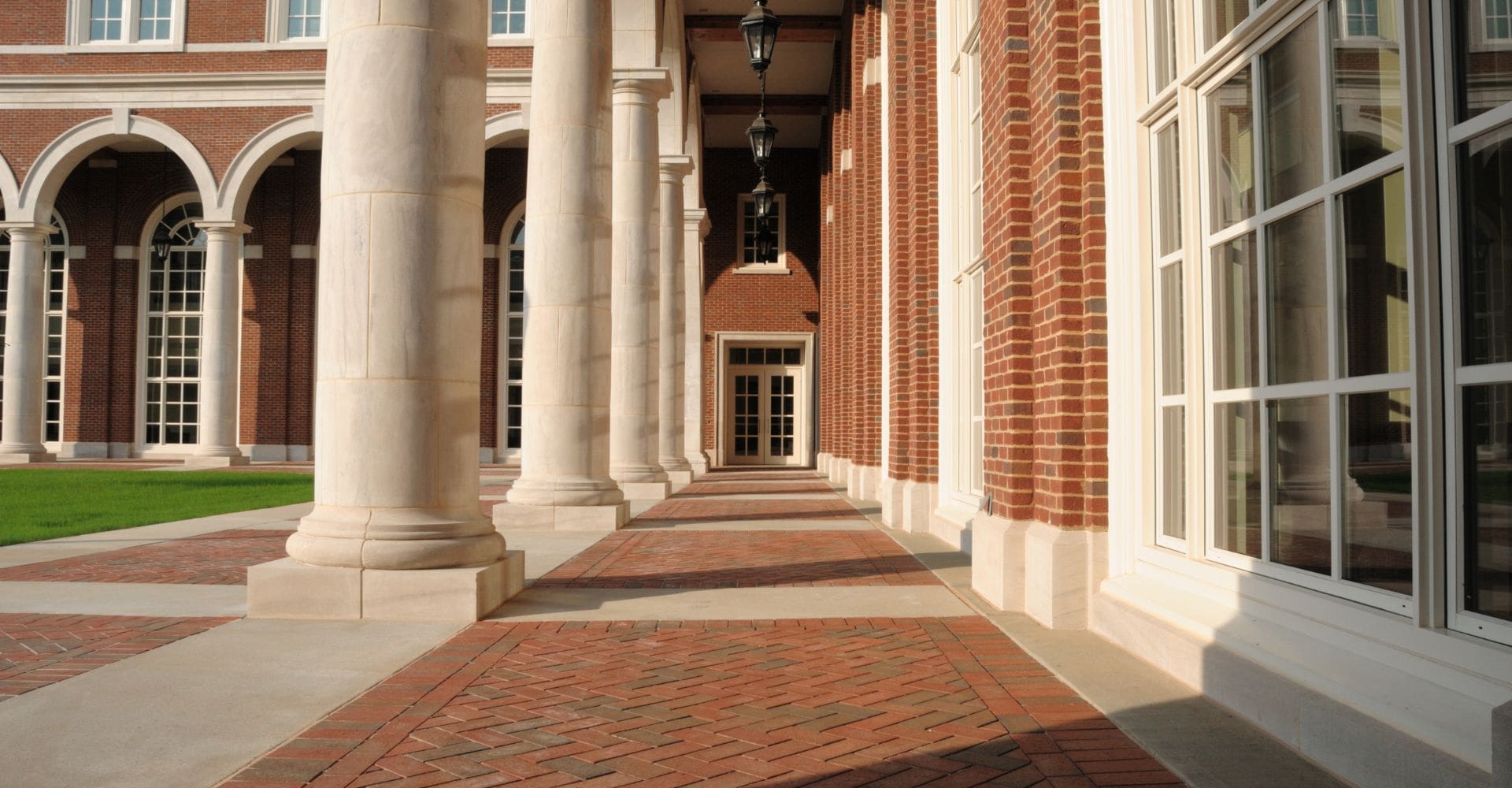
How to Fix Your Music Venue
Modern music venues implement the latest in sound technology and acoustic dynamics, creating a space for patrons to enjoy musical performances and create memories that will last a lifetime. But what happens when your venue simply isn’t living up to your (or your audience’s) expectations? Proper architectural design and informed construction choices can have a profound effect on the way that musical performances are experienced in your venue. Neenan’s Archistruction process has been implemented for instances just like this. Case in point, Washington’s Music Venue in Fort Collins, Colorado.
What Affects How Your Venue Sounds?
While there are many factors that contribute to the success of a music venue (size, location, reputation, etc.), one of the most important factors that contribute directly to potential success is how the venue functions as a space for musical and performance events. Generally, the study and understanding of the way in which sound is transmitted through space is referred to as “acoustics,” and it is vital to audiences enjoying your venue. But what factors affect acoustics, and how can renovating or rebuilding your space make it better?
Auditorium Size
As you are most likely familiar with, sound travels as vibrating waves of air from its point of origin to your ears. The size of an auditorium, including its length, width, and height, all have an effect on how sound waves behave. Both large and small auditoriums have their own sets of advantages and disadvantages — that is to say, just because your venue is large or small, that doesn’t necessarily mean great sound is impossible to achieve. Smaller auditoriums allow for more control over sound — but can be easily stifled. Meanwhile, large auditoriums can achieve full, rich sounds as sound waves travel, but can lose clarity. This is due to a sound concept called “reverberation,” which we will also address later.

The Shape of the Venue Space
Just as the size of a room affects acoustic performance, the shape of the room can have an equal impact. Auditoriums have been constructed in all sorts of shapes throughout history — square, rectangular, triangular, oblong, and even circular, each one trying to hone in on the right room shape for acoustic perfection. Most modern venues feature auditoriums with a “fan” shape since the parallel walls of square or rectangular spaces make sound waves bounce back and forth, muddying clarity. The pitch of the ceiling and even the curvature of the walls can change the way sound moves through space. Does this mean that you’re out of luck if you’re working with 90° angles? Not necessarily — there are several architectural tricks to enhance acoustic performance.
Building Materials
Earlier we mentioned the phenomenon of reverberation. This refers to the amount of time it takes for a sound to diminish after it begins. If you clap in a small room, there will be almost no reverberation — the sound falls off almost immediately. Conversely, if you clap in a cathedral sanctuary, you may hear the echoing sound for several seconds afterward. This is reverberation, and the materials of a space can have a profound impact on its duration. Hard, non-porous surfaces, like stone, hardwood, and windows, can all increase the effect of reverberation. The implementation of more porous materials, including the installation of acoustic panels and curtains, can dampen reverberation.
Balconies and Other Structures
Beginning with the construction of open-air theaters in the ancient world, a common solution to accommodate more audience members without compromising distance from the performance has been the inclusion of balconies. Balconies help to increase room capacity without the need to lengthen a room, which might further compromise acoustics. Just like with walls and flooring, the size, shape, and materials used in balconies can also affect a room’s dynamic sound. Similarly, many traditional performance halls include an orchestra pit, which presents its own acoustic hurdles to jump over — although this is less common with modern music venues.
Your Auditorium’s Intended Purpose
Part of the frustration you may be feeling with your venue’s acoustic performance may stem from your venue simply being the wrong size or shape for its intended purpose. While it’s possible to take the dive-bar rock show approach and simply cram as many speakers as possible into a space until the room shakes, there is a better way. Volume isn’t necessarily the main draw, but rather a performance experience that works with the venue, rather than against it. What is the vision for your venue? Loud rock shows, or more intimate, singer/songwriter experiences? Hip hop or live jazz? Seating or a dance floor? When you know your audience and your target musical style, then you can make changes to your venue accordingly.
Doors and Buffering Zones
The spaces immediately outside of an auditorium can also have an effect on the sound that reaches the inside of an auditorium. If your venue also includes a bar, for example, the noise and conversations from that area can easily bleed over into the musical space. If it’s your intention for these areas to be separated aurally, many venues make use of noise-absorbing, solid-core doorways, and even the inclusion of a “buffer zone” between the musical space and other areas of the venue. This can help keep the noises isolated and controlled.
So What Are the Solutions?
The goal of the Neenan Archistruction process, regardless of whether we’re working with a music venue, a medical facility, or a junior high school, is to help design and create spaces that realize your vision, function as intended, and are created to the highest quality standard possible. When we work with a music venue, all of these principles apply. We’ll explore your vision for your venue, and work with you from there to develop a strategy to realize that vision. Whether that means renovating an existing venue to meet your needs and expectations or designing and building a new venue, your dream will be realized. This process may include things like acoustics analysis of your venue, structural changes to assist in sound absorption and diffusion and more. To learn more, contact Neenan today and ask how our Archistruction process can help change your venue for the better.







